Buying an Older Home: 4 tips to share with homeowners
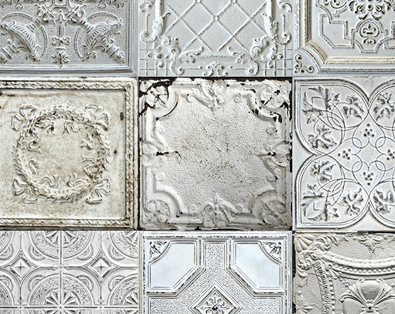
If you’re inspecting a home for someone in the market for an older home or house built 50 to 100 years ago, there are a few things you’ll want to keep in mind.
From dealing with crumbling foundations and galvanized plumbing supply pipes to antiquated electrical wiring systems and original roofing materials, here are four things to consider.
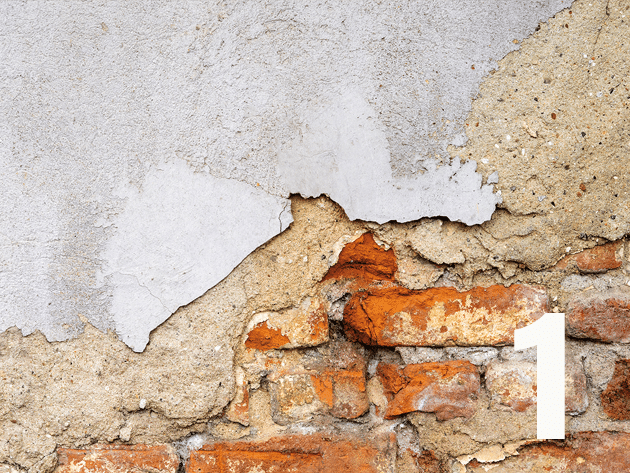
Deterioration in the Foundation
The foundation in an older home may be cracked, settled, rotted, or otherwise in poor condition. Many older homes feature sandstone, brick, or wood foundations that have been exposed to the elements for many decades, resulting in inadequate support structures.
Cracks, rot, and settling can be a sign of a sandstone foundation that has not been maintained properly. Wood foundations are particularly susceptible to water and structural damage, making it important for homeowners to inspect for signs of deterioration like weak posts or sloped floors. You should seek to determine whether repair and maintenance are required to preserve the home’s foundation from further damage or a complete collapse.
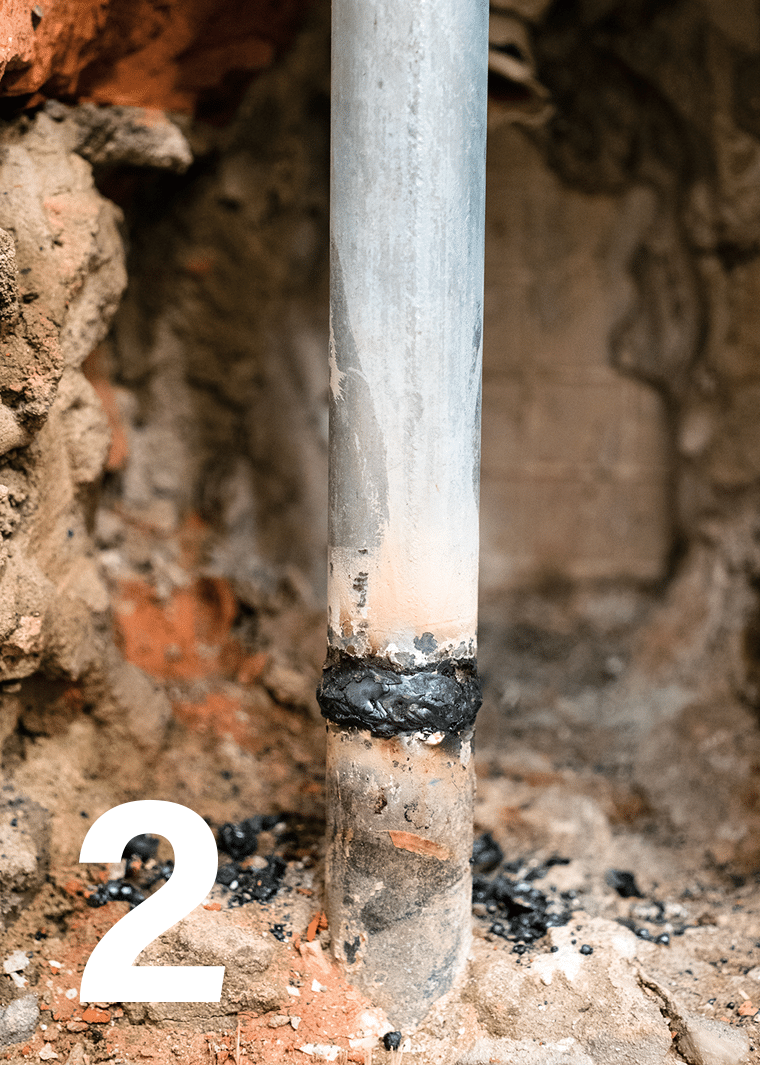
Corrosion in Galvanized Piping
The plumbing system in an older home could still have galvanized water supply piping, which is difficult to repair, may have leaks, and more than likely is corroded on the inside.
Galvanized piping, common in older homes, can be hard to repair and is often corroded on the inside due to age and prior use. Unfortunately, it can also result in costly repairs and leaks, leading to a decrease in water pressure.
As galvanized pipes age they become increasingly difficult to work with and prone to leaks, resulting in frequent repairs or complete pipe replacements. Homeowners considering buying an older home with galvanized water supply piping should keep an eye out for any signs of corrosion or leaks that may require expensive repairs.
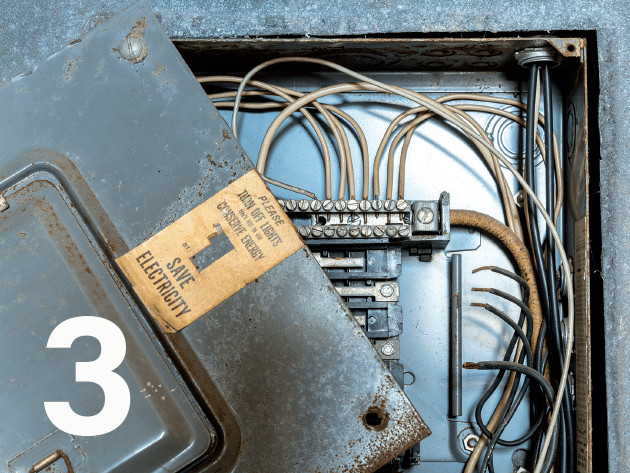
Electrical Grounding and Bonding
The electrical system in an older home can be undersized, antiquated, and lack modern grounding features. Older homes can present unique electrical system issues that modern households don’t need to consider.
Ungrounded wiring or unbonded panels can be a safety hazard, making it difficult to get homeowner insurance approved or may result in higher premiums. It also can cause issues with some of today’s electronics that require three-pronged outlets for safe connection. Unfortunately, these upgrades are often expensive and time-consuming, requiring the skilled labor of an electrician to insulate outdated wiring and ensure proper grounding is in place before any electronics can be used safely. Even small upgrades like an outlet or the addition of a light fixture may require additional repairs if upgrades are needed to keep pace with current codes and regulations.
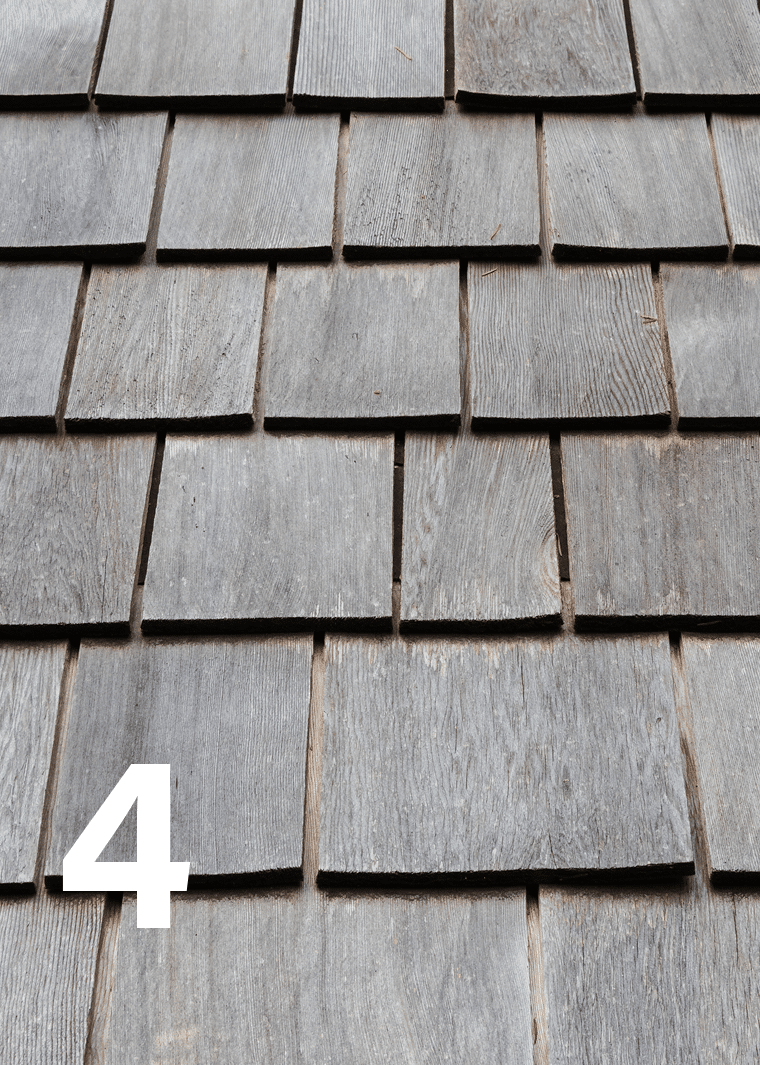
Original Wooden Shingles
The home’s roofing materials may still have original wood shingles underneath the top visible roof covering, which causes the roof to be vulnerable to repairs, can raise the homeowner’s insurance premium, or make it difficult to obtain insurance.
If the roof shows a lot of waves and curling shingles, it may have the original wood shingles underneath the existing roof covering. It may be prone to leaks or wind damage and could cost homeowners increased insurance premiums. Replacing these aging wooden shingles can be an expensive and time-consuming process, so it is a good idea to know what is underneath the existing roof covering before you make a decision.
Bringing It All Together
It is important to be aware of aging structures and systems. The foundation may be crumbling or unstable, the plumbing system can be galvanized with rust issues, the electrical system may not meet code, or the roofing may be near the end of its expected useful life.
Professional home inspectors can help keep homeowners informed, as we have experience in dealing with problems in older homes.
Opinions or statements of authors are solely their own and do not necessarily represent the opinions or positions of ASHI, its agents, or editors. Always check with your local governmental agency and independently verify for accuracy, completeness, and reliability.
To Read the Full Article
ASHI offers its members unparalleled resources to advance their careers. ASHI offers training for inspectors at all levels of knowledge and experience, including resources about all major home systems. Members benefit from a vast network of experienced professionals, providing a community for mentorship and knowledge sharing..
In this Issue
Picture-Perfect Promos
Taking a Closer Look at Electrical Inspections
Back in Business
Do I Need to Be There?
A Biannual Update
Postcards from the Field
Understanding Insurance Endorsements

FIND A HOME
INSPECTOR
Professional Networking
Grow your professional network, find a mentor, network with the best, and best part of the community that’s making home inspection better every day.
